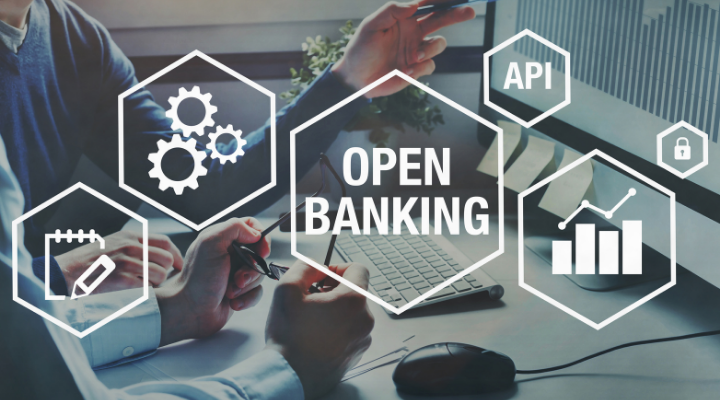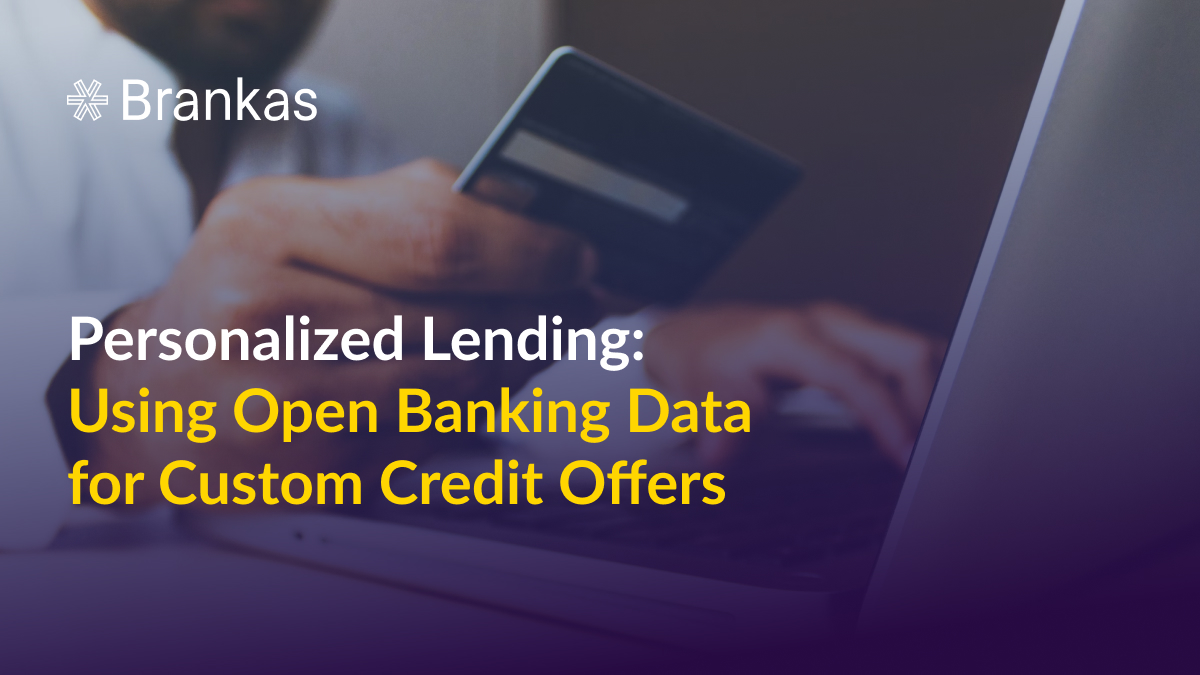
Brankas has helped banks across Southeast Asia launch new digital solutions for their customers, with a focus on Open Banking technologies. Read the report today.

Digitally savvy customers are increasingly demanding more convenience and superior customer service in all their transactions. They expect banks to know their needs and offer tailored solutions specifically for them, including loans.
Personalized lending is transforming the financial landscape by offering tailored loan products that meet the unique needs of individual borrowers. Open banking provides the comprehensive, real-time information needed to craft bespoke credit offers by allowing banks to share customer data securely with authorized third parties.
This article explores how open banking data is utilized to create custom credit offers and the benefits it brings to both consumers and lenders.
Personalized lending is about understanding the individual borrower. By analyzing comprehensive data about a borrower’s financial behavior, lenders can offer customized loan products relating to interest rates, repayment terms, and loan amounts.
Traditional loan products often rely on broad categories and average criteria, which can result in less optimal loan offers. These models typically use credit scores as the primary determinant of loan eligibility and terms and overlook the nuanced financial habits and circumstances of borrowers.
Personalized lending delves deeper into a borrower’s financial history, including transaction data, spending patterns, and income stability. This richer data pool enables a more comprehensive evaluation of fiscal health and creditworthiness, making the lending process more precise and adaptive.
For consumers, personalized lending means receiving financial products that better match their needs and situations. Borrowers benefit from tailored loan terms more closely aligned with their requirements. Borrowers are less likely to take on debt they cannot manage and improve their financial health.
For lenders, personalized lending offers the advantage of more accurately assessing risk. By leveraging detailed data, lenders can better predict a borrower’s ability to repay a loan, reducing the likelihood of defaults. Improved risk assessment can lead to higher approval rates for qualified borrowers and lower default rates, which enhances the lender’s profitability. Personalized lending services can differentiate lenders in a competitive market, attract more customers, and build stronger customer relationships.
Open banking empowers customers to share their financial information with multiple financial service providers through APIs (application programming interfaces). Banks can transmit data, such as account balances, transaction histories, and spending patterns, to third-party fintech companies and other banks. This data exchange is conducted under stringent security protocols to protect customer privacy and ensure data integrity. By breaking down data silos, open banking facilitates seamless integration between different financial services, enabling a more cohesive and customer-centric approach to banking.
Traditional lending often relies on static data, such as outdated credit reports, which may not fully reflect a borrower’s current financial situation. Open banking data provides real-time insights into a borrower’s financial behavior. This dynamic information enables lenders to make more informed decisions and offer loan products precisely tailored to the borrower’s needs and capabilities.
The data accessible through open banking encompasses various aspects of a customer’s financial life. This includes:
The benefits of using open banking data for custom credit offers are impacting consumers and lenders in significant ways.
1. Improved risk assessment and credit scoring
Traditional credit scoring systems often rely on limited data points, such as credit history and existing debt, which can provide an incomplete picture of a borrower’s financial health. Open banking data includes a broader range of financial information, such as transaction history, income streams, and spending patterns. This comprehensive data allows lenders to develop more accurate and nuanced credit scores, leading to better risk management.
ClearScore uses open banking to give lenders a complete picture of an applicant’s financial status and comprehensive insights into their financial well-being.
2. Tailored loan products to meet individual needs
With a detailed financial data analysis, lenders can design customized loan terms, such as personalized interest rates, flexible repayment schedules, and appropriate loan amounts. This approach ensures that borrowers receive financial products well-suited to their specific needs, increasing their satisfaction and the likelihood of successfully managing their loans.
Salad Money makes sure loans are affordable and not just dependent on credit scores by using open banking to perform comprehensive affordability assessments that consider income, expenses, and financial obligations. Once approved, borrowers have a variety of flexible repayment choices to select from, such as having their paycheck deducted from their payroll.
3. Enhanced customer experience and satisfaction
Borrowers appreciate receiving personalized and relevant loan offers. This tailored approach makes the lending process more transparent and straightforward as borrowers can see how loan terms are derived from their financial data. The speed and efficiency of processing personalized credit offers improve with open banking data. Real-time access to accurate financial information allows lenders to quickly assess and approve loan applications, providing borrowers with faster access to funds. This streamlined experience fosters greater trust and loyalty among customers.
Juni analyzes customer behavior and client preferences to offer cashback, deposit, and loan options.
4. Increased financial inclusion for underserved populations
Traditional credit scoring models often exclude individuals with limited or no credit history, such as young adults, immigrants, or gig economy workers. By leveraging open banking data, lenders can assess the creditworthiness of these individuals based on alternative financial metrics. This approach opens new opportunities for individuals who might otherwise be excluded from the formal financial system, allowing them to access the credit they need to achieve their financial goals.
Abound by Fintern offers unsecured affordable loans to underserved customers. Open banking and AI are used to create a more accurate and equitable credit analysis.
Tools and Technologies for Personalized Lending
The implementation of personalized lending using open banking data involves the integration of advanced technologies.
The widespread adoption of personalized lending powered by open banking data will lead to a more inclusive and customer-centric financial system. As lenders embrace these advancements, they will be better equipped to serve a diverse range of customers, offering financial products that truly cater to their unique needs and goals. This shift represents a significant step forward in the pursuit of a more equitable and efficient financial landscape.

Brankas has helped banks across Southeast Asia launch new digital solutions for their customers, with a focus on Open Banking technologies. Read the report today.

The world has witnessed a dramatic shift in how companies handle personal data since the GDPR took effect in 2018. GDPR set a new standard for transparency, accountability, and individual control over data. Its implementation has serious implications for credit scoring and consumer rights in the financial sector.